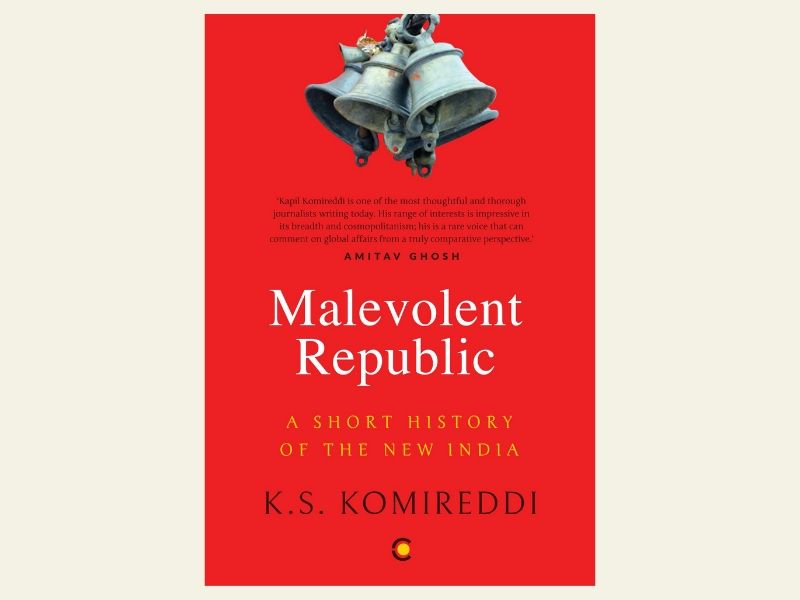Education in the times of Covid-19
Crisis is a state wherein everyone gets the chance to extract opportunity to make the best use of time. It is in these moments that we get chance to test our own abilities. We become potentially strong to grab the opportunity presented to us through the Almighty. One should always be strong enough to change […]


























Making NIRF more credible
Dr. R. Natarajan is former director of IIT-Madras and former chairman of All India Council for Technical Education (AICTE)
In mid-February China’s ministries of education and science and technology jointly issued a notification to reform the academic evaluation system to reduce “excessive reliance on the Science Citation and Social Science Citation indices” as key indicators for “academic […]